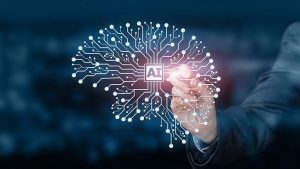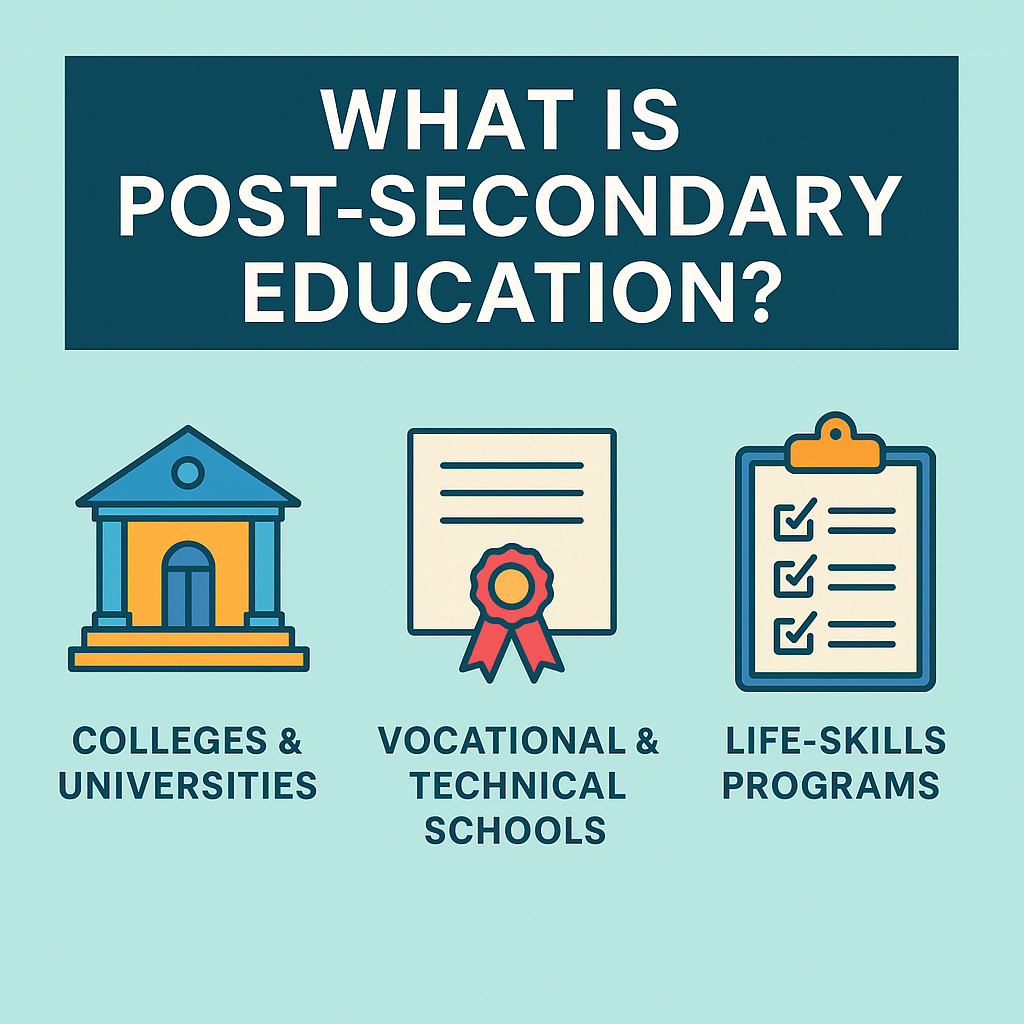The Role of Technology in 21st Century Education
 Think back to a classroom from a few decades ago: rows of desks, a chalkboard, and a teacher delivering a one-size-fits-all lesson. Now, picture today’s classroom: students collaborating on a shared document with a partner across the globe, another 3D printing a prototype for a science project, and a third receiving a personalized math quiz from an AI tutor. This dramatic shift is powered by
Think back to a classroom from a few decades ago: rows of desks, a chalkboard, and a teacher delivering a one-size-fits-all lesson. Now, picture today’s classroom: students collaborating on a shared document with a partner across the globe, another 3D printing a prototype for a science project, and a third receiving a personalized math quiz from an AI tutor. This dramatic shift is powered by 21st century technology in education, commonly known as EdTech.
But EdTech isn’t about using technology for technology’s sake. It’s about fundamentally reshaping the learning experience to prepare students for a complex and interconnected world.
Pillar 1: Powering Personalized Learning Paths
The single greatest challenge of traditional education has always been teaching to the “average” student, leaving some behind and others bored. This is where EdTech becomes a game-changer.
Adaptive learning platforms can assess a student’s knowledge in real-time and deliver content tailored to their specific needs and pace. A student struggling with algebra can receive extra practice, while a gifted student can be challenged with advanced problems. This ensures that every student is engaged and learning at their optimal level.
Pillar 2: Creating a Classroom Without Walls
In the 21st century, learning is no longer confined to the four walls of a school. Technology in the classroom has dissolved these barriers, fostering unprecedented levels of collaboration and access to information.
- Global Collaboration: Students can use video conferencing and collaborative platforms to work on projects with peers from different cultures and countries, developing crucial cross-cultural communication skills.
- Access to Experts: A classroom can now virtually host a guest lecture from a NASA scientist or a museum curator, bringing real-world expertise directly to students.
- Unlimited Resources: The internet provides instant access to a limitless library of information, from primary historical documents to complex scientific simulations.
Pillar 3: Building Future-Ready Skills, Not Just Knowledge
Memorizing facts is no longer enough. The modern economy demands skills like critical thinking, creativity, problem-solving, and digital literacy. Effective 21st century technology in education is designed to cultivate these very competencies.
Instead of just reading about historical events, students can create a multimedia presentation. Instead of just solving a math problem, they can use coding to design a solution. EdTech transforms students from passive consumers of information into active creators and problem-solvers. The ISTE Standards provide an excellent framework for how technology can be used to empower students in this way.
A New Chapter in Learning
The role of EdTech in the 21st-century classroom is not merely to digitize old methods. It is to create a more dynamic, equitable, and engaging learning ecosystem. It empowers teachers to become facilitators of discovery and equips students with the skills and mindset they need to thrive in a future we can only begin to imagine. This isn’t just an evolution; it’s a revolution in how we learn.



